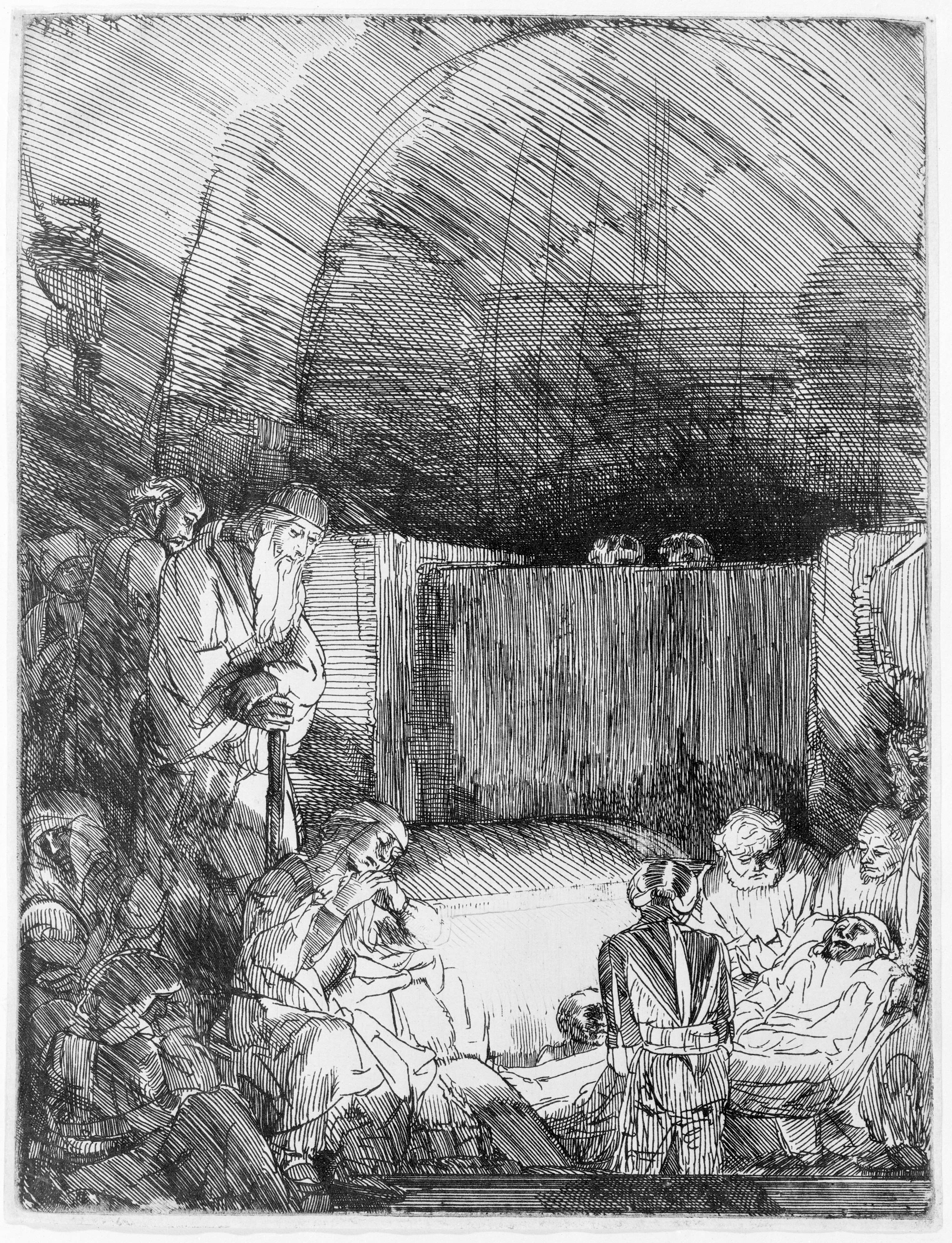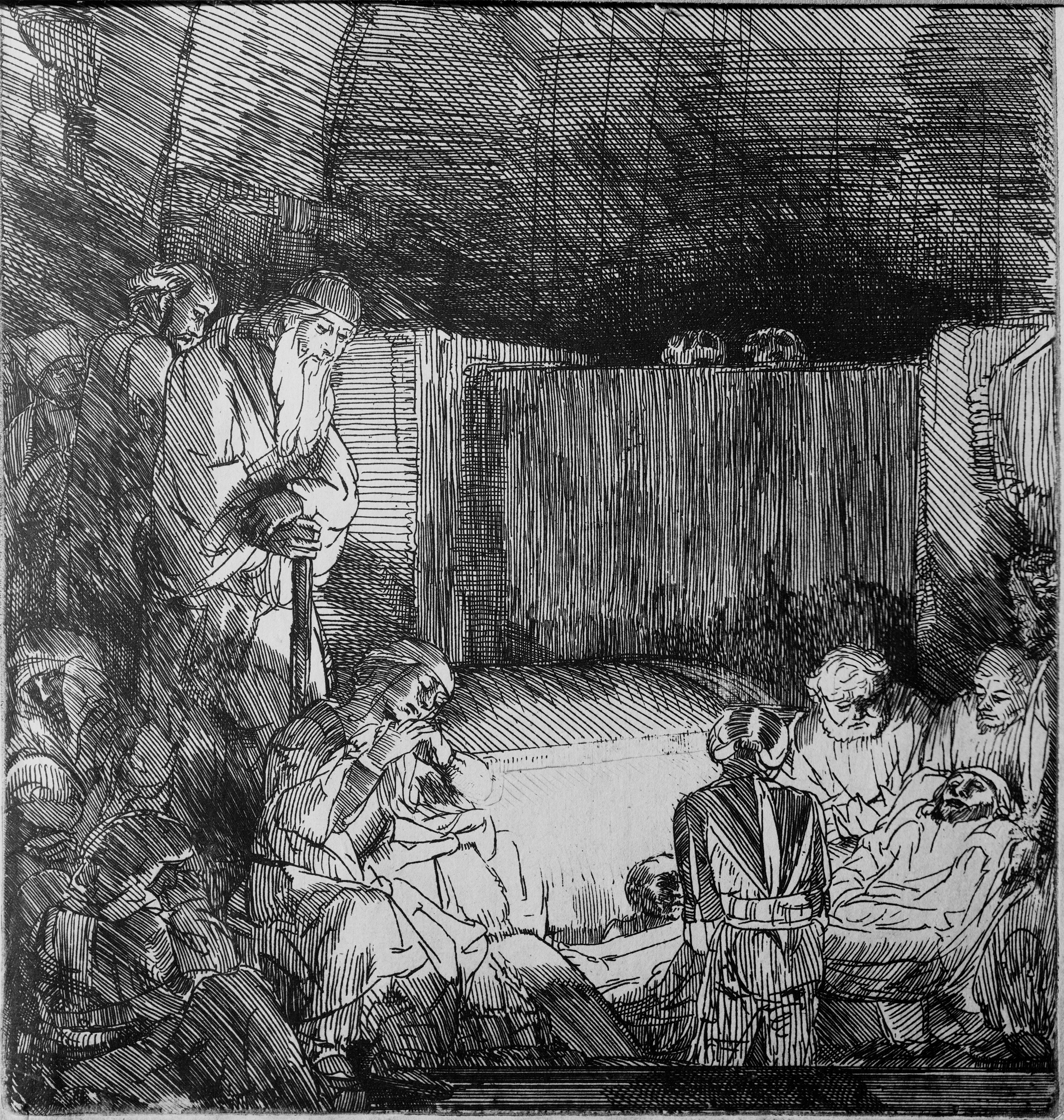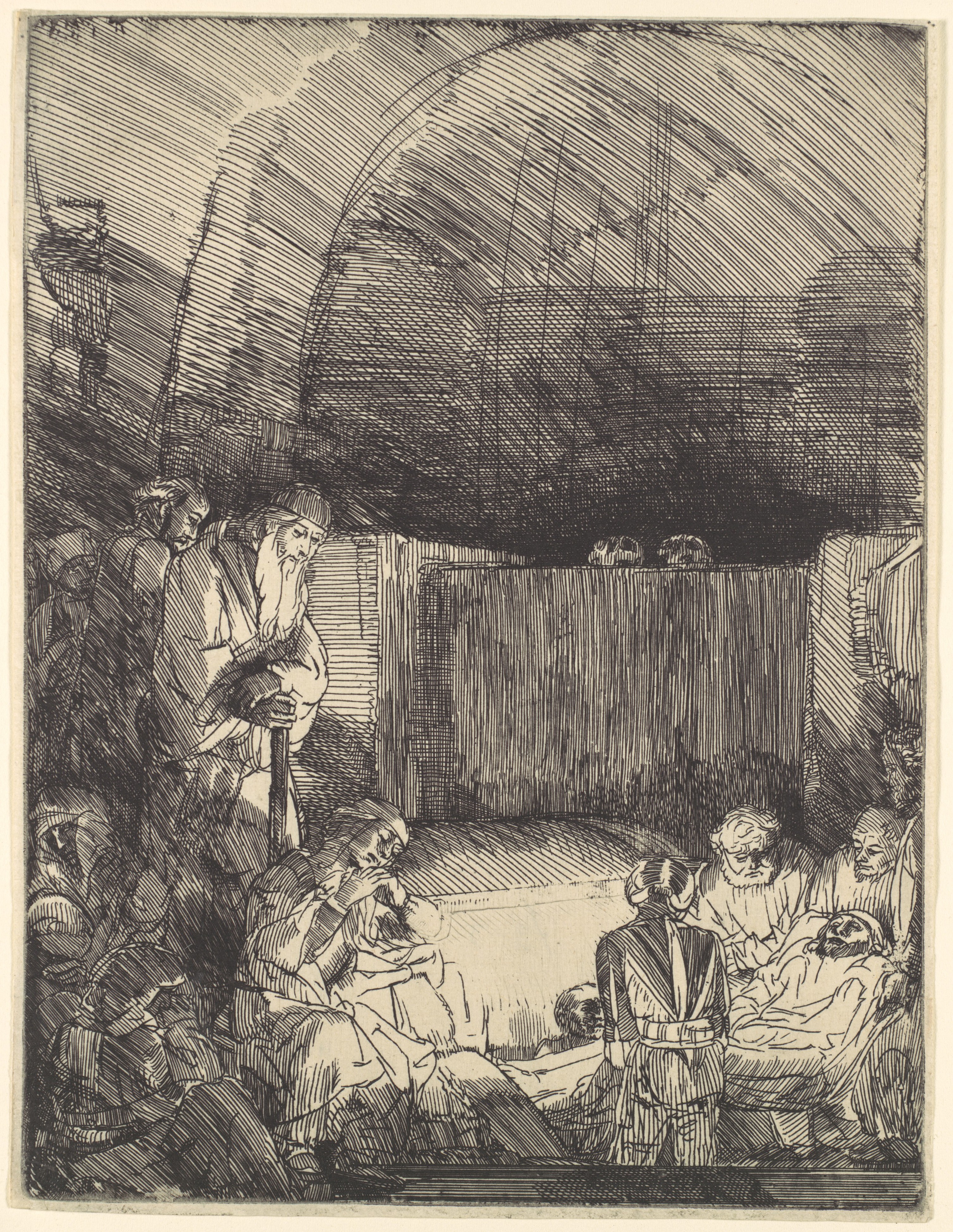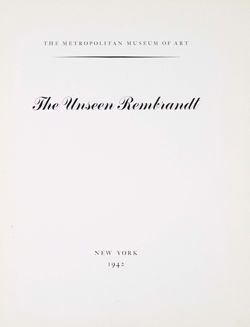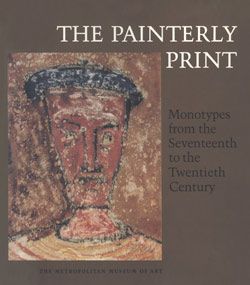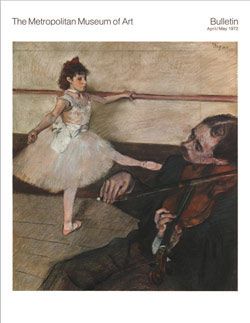The Entombment
Rembrandt (Rembrandt van Rijn) Dutch
Not on view
The Entombment demonstrates the combination of firm rectilinear draftsmanship and evocative tone that Rembrandt achieved in his graphic work of the 1650s. The two states of the etching (see also 23.51.7) show Rembrandt's ability to dramatically transform a single image into two strikingly different works of art. Here Rembrandt used the traditional method of wiping the plate clean before printing. As a result, only the ink remaining in the lines cut into the copperplate transferred onto the paper. He created a sense of flickering light by modifying the density of the hatching.
This image cannot be enlarged, viewed at full screen, or downloaded.
This artwork is meant to be viewed from right to left. Scroll left to view more.


